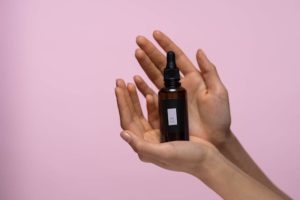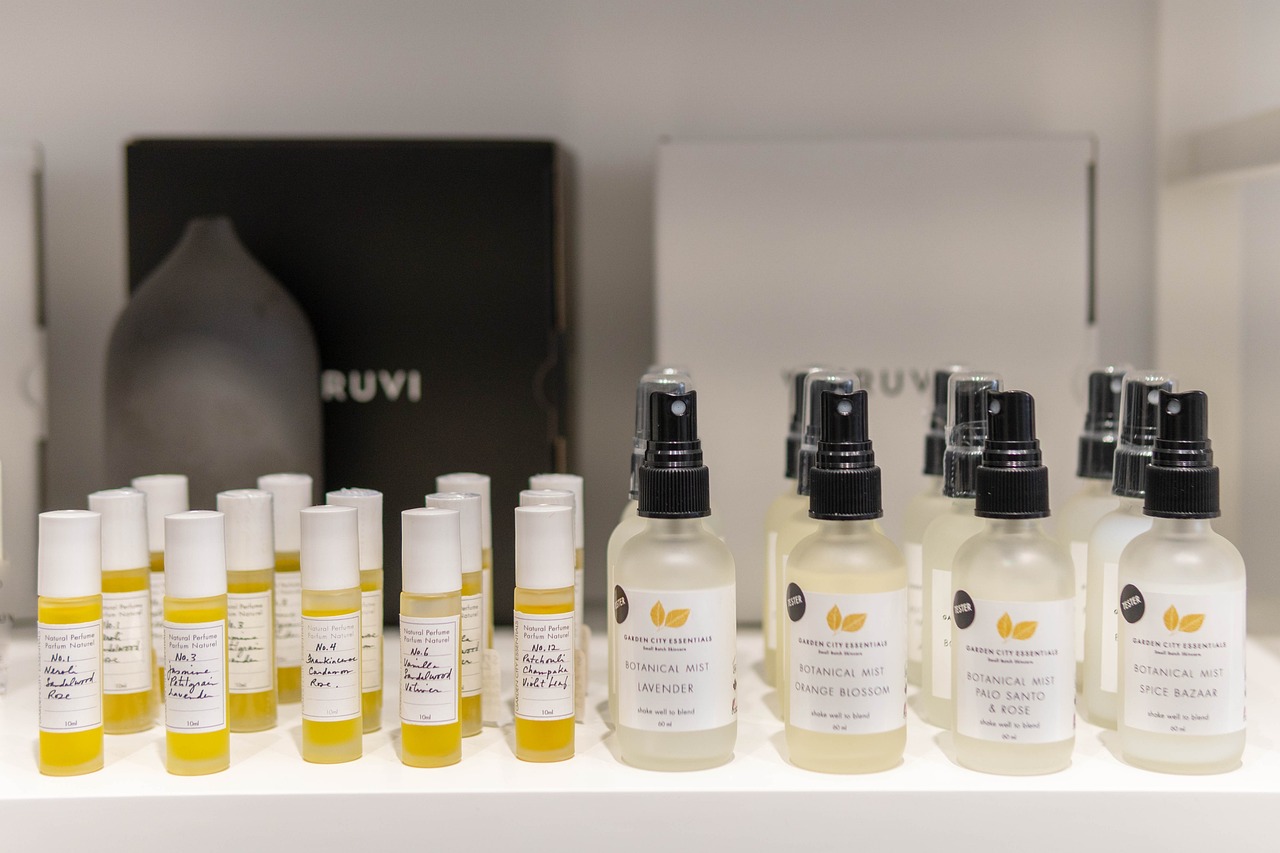Face oils have become a staple in many skincare routines, offering a myriad of benefits for all skin types. But are you truly maximizing the potential of these liquid gold elixirs? In this blog post, we will explore the top tips and tricks for the proper usage of face oils to ensure you’re getting the most out of these luxurious products.
From choosing the right oil for your skin type to application techniques that make all the difference, get ready to take your skincare game to the next level with our expert advice. Let’s dive in and unlock the full potential of face oils.
Choose the Right Oil for Your Skin Type
 Before delving into application techniques, it’s crucial to select a face oil that aligns with your skin’s unique needs and concerns. Different oils boast varying compositions and properties, making some more suitable for specific skin types than others.
Before delving into application techniques, it’s crucial to select a face oil that aligns with your skin’s unique needs and concerns. Different oils boast varying compositions and properties, making some more suitable for specific skin types than others.
For example, 100% Pure Batana Oil is ideal for all skin types, including dry, sensitive, oily, acne-prone, and mature skin. This lightweight oil contains high amounts of antioxidants, essential fatty acids, and vitamins that hydrate and nourish the skin to promote a healthier complexion.
On the other hand, jojoba oil is another popular option due to its moisturizing and anti-inflammatory effects. It’s especially beneficial for those with dry or sensitive skin types, as it mimics the skin’s natural sebum production to help balance oil levels. Other oils like rosehip seed oil are rich in vitamins A and C that can combat signs of aging, such as wrinkles and fine lines, while simultaneously promoting cellular regeneration for a brighter appearance.
Incorporate Face Oil Into Your Skincare Routine
Integrating face oil into your daily skincare regimen requires thoughtful consideration of when and how to apply it for optimal efficacy. As a general rule of thumb, face oils are best used as the final step in your skincare routine, applied after cleansing, toning, and applying serums or moisturizers. This allows the oil to seal in moisture and create a protective barrier, enhancing the absorption of preceding skincare products and locking in their benefits.
Dispense and Warm the Oil
Proper application of face oil begins with dispensing the appropriate amount onto your fingertips. A little goes a long way with face oils, so start with a few drops and adjust as needed based on your skin’s hydration levels and preferences. To enhance absorption and ensure even distribution, gently rub the oil between your palms to warm it up before applying it to your face.
Apply With Gentle Patting and Pressing Motions
When applying face oil, opt for gentle patting and pressing motions rather than vigorous rubbing or massaging. Start by lightly pressing the oil onto your cheeks, forehead, chin, and other areas of the face, focusing on areas that tend to be drier or more prone to fine lines and wrinkles. Avoid pulling or tugging at the skin to prevent unnecessary stretching and irritation.
Target-Specific Concerns With Spot Treatments
 In addition to overall application, face oils can be utilized as targeted treatments to address specific skincare concerns. For instance, you can dab a small amount of oil onto areas prone to dryness or flakiness, such as the under-eye area or around the nose.
In addition to overall application, face oils can be utilized as targeted treatments to address specific skincare concerns. For instance, you can dab a small amount of oil onto areas prone to dryness or flakiness, such as the under-eye area or around the nose.
Similarly, spot-treating blemishes or areas of inflammation with oils like tea tree or lavender can help soothe and heal the skin effectively. Incorporating face oils into your skincare routine can elevate your regimen to new heights, providing essential nourishment, hydration, and rejuvenation for your skin. By choosing the right oil for your skin type, integrating it into your daily regimen with care, and utilizing proper application techniques, you can unlock the full potential of these luxurious elixirs. Embrace the art of using face oils correctly, and experience the transformative power of radiant, healthy skin.

